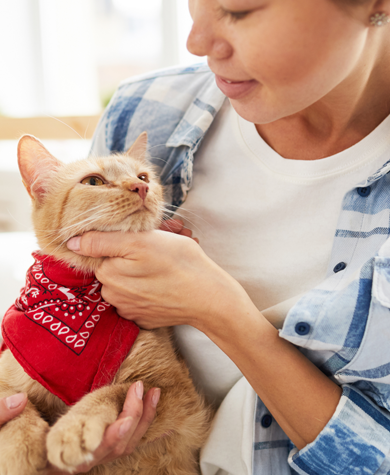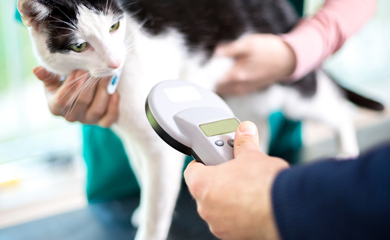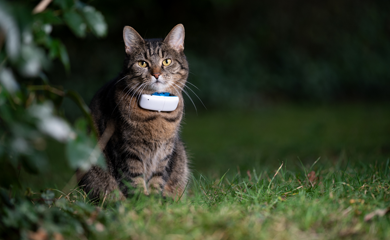
Tips for Avoiding Straying
While you can't entirely prevent a pet from wandering off, you can take steps to reduce the risk and ensure a quicker reunion if it does happen.

Microchipping
It is a great idea to get your pet microchipped if they aren't already. Microchipping your pet will not stop them going missing again, but it will substantially increase the chances of you being reunited with them if they do.
Most vets have offers on microchipping, it normally costs around £30.00, often less. Many different pets can be chipped from cats and dogs to rabbits and exotic birds.
You must remember to update your details with the microchip company, if you move house or change telephone number. Also ask your vets at check up appointments to check the chip by scanning it to ensure it is still active.

Neutering
It is always a good time to consider getting your pet spayed or castrated if they aren't already.
There are many benefits to neutering ranging from improving your pet's health and behaviour to reducing the risk of them straying.
Castration substantially reduces the risk of your tom cat straying to find a mate, and of course prevents straying and unwanted litters in female cats.
If you have a pedigree pet getting them neutered makes them less attractive to thieves who may intend to steal them for breeding.
| Regularly check all fences and garden boundaries are secure. | |
| Check before letting your dog out in extreme weather. You can take them out on a lead during thunder and lightening as this can spook your dog into bolting. | |
| Make sure your dog is always wearing a collar with ID tag containing your details and microchip details are kept up to date. | |
| Vary your daily walk route. Thieves lookout for routines. Also be wary of strangers who ask a lot of questions about your dog. Don't share a lot of pictures of your new puppy online without checking privacy settings first. | |
| Before using Pet Sitters, Dog walkers and Kennels make thorough checks on them beforehand, ask for references and follow them up. |
| If you move house try and keep your cat in for 2-3 weeks minimum so they can acclimatise to new smells and environment. | |
| If possible, encourage your cat to wear a collar, with an ID tag. | |
| If you are going away, put your cat in a registered cattery. If you choose to use a cattery or pet sitter, make thorough checks on them beforehand. Ask for references and follow them up. | |
| Visit the cats protection website to gain access to a wealth of free informative guides: www.cats.org.uk/cat-care/care-leaflets/essential-guides. |

GPS Collars
There are many different types of these available to buy online, some only work in a specific range, some collect data about your pet's daily routine, and some track your pet in real time. It's important to do your research and perhaps ask in your local pet shop for advice before buying, as these types of collars can often be quite expensive.
To reduce the risk of strangulation, we only recommend putting quick release collars on cats. Collars often get caught as the pet moves around and it is important that they release for your pet’s safety.
Even if your pet is not keen on collars keeping the collar on for a couple of days could highlight where your pet roams. Establishing their normal territory helps to identify an area to target first if the worst happens.
Of course, if your pet has a tracking device on their collar then the lost collar can be retrieved and refitted, however it is worth noting that GPS collars do not actually stop your pet going missing.


